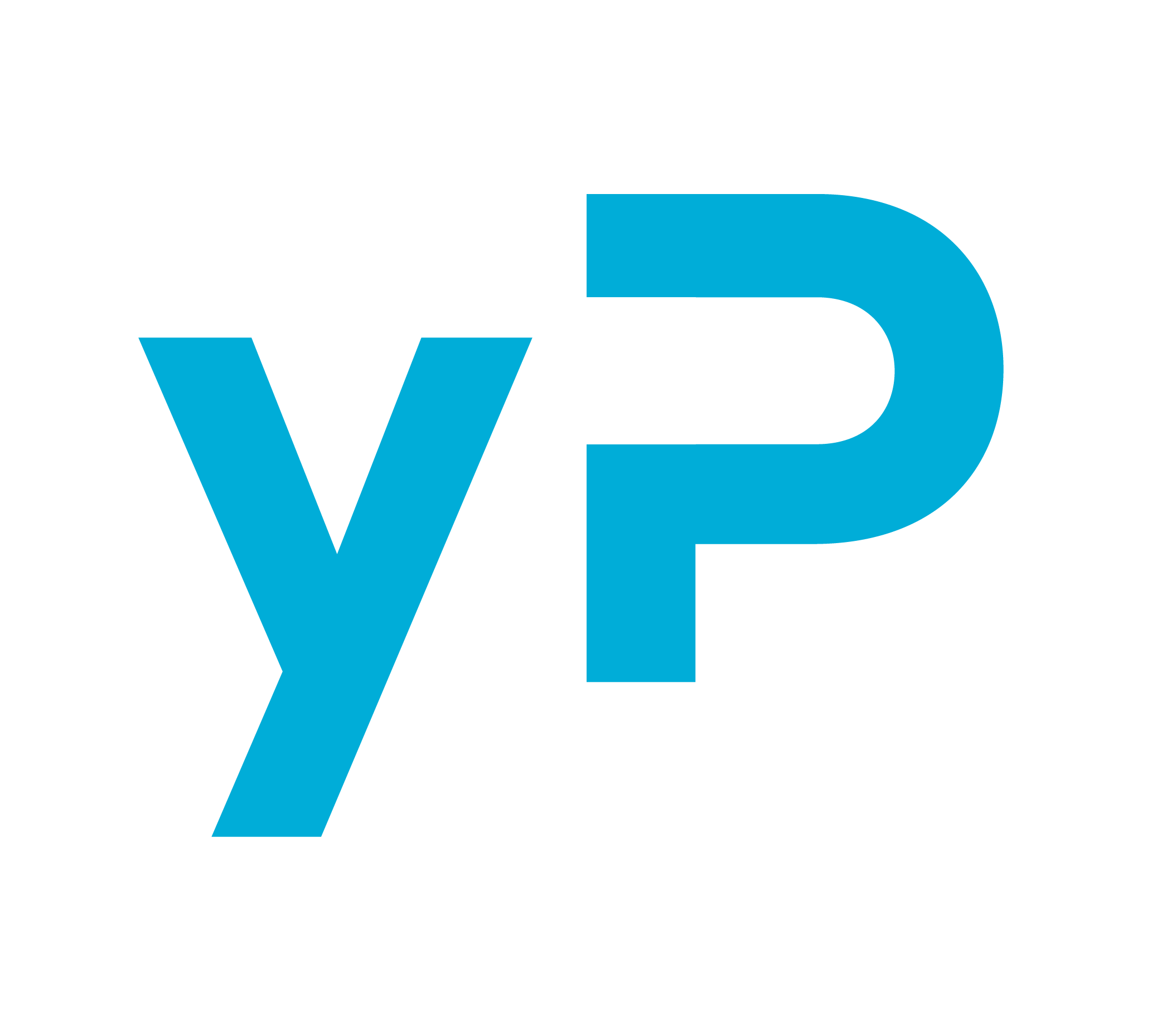How to plan and implement winning revenue strategy II

A revenue strategy is vital to the success of a hotel’s revenue management philosophy. A revenue strategy allows the entire revenue team to discuss, strategize, and understand what the goals are for the hotel and how to work towards these goals. It is also critical that the strategy is put into writing. By strategizing with the team and documenting the revenue strategy a hotel is setup to ensure that the hotel looks out into the future and creates a long-term measurable path for success.
The objective of a revenue strategy is to capture the optimal profitability from projected demand. It is important that there is a focus on creating a successful strategy.
Developing a Successful Revenue Strategy
The first step in developing a revenue strategy is to first ensure that the entire revenue team is included, prepared and attends the meetings. To be successful the entire revenue team needs to provide their input, and fully buy into the strategy. This is the only way to ensure all perspectives are taken into consideration and that there is across the board agreement. Moving forward, everyone needs to be working from the same foundation and goals.
It is also important to understand that the development of a revenue strategy may take one long meeting or several shorter meetings. So be sure to plan accordingly and make sure everyone has the same understanding and expectation
The elements that should be included in every revenue strategy are as follows:
- Demand targeting, to determine the most appropriate segments and identify which ones will deliver the greatest profit or value to the hotel. This must be done for the entire year and broken down by season, by month.
- Acquisition planning, to determine a communications plan and a sales plan that outlines how to reach each of the targeted segments to achieve the goals.
- Customer retention, to identify the method(s) by which the hotel plan will retain customers. How will the hotel work to communicate directly with the customers to capture their next booking? How will the hotel target the appropriate customers directly?
- Revenue per available customer value Identify the types of customers who provide the most value to the hotel. Factors to be included in this are the total spend, the time-of-year or day-of-week the customer typically stays with the hotel and finally the method of booking. Once the hotel has a good idea of the revenue per available customer, create a plan to target the customers with higher value.
- Channel costs determine the cost to the hotel for each channel. This will allow the hotel to understand the most profitable channel through which to receive bookings.
- Channel shifts once the hotel understands the most profitable channels, develop a plan to target specific customers or customer types to shift their bookings to a lower cost channel as appropriate for each customer. For example, for those customers who currently book through a higher cost channel such as a third party site, provide an incentive for them to book via a lower cost channel like the hotel’s website. It will not be appropriate to shift all customers to another channel but it will benefit the hotel to shift those that are appropriate.
As mentioned earlier, all of the decisions and factors must be documented and distributed to all revenue team members. Be sure to include the following in the documentation.
- Be specific and detailed with all action plans that are created in support of the strategy;
- Assign responsibilities for all action plans;
- Assign timelines or specific dates for all action plans.
The last step in the development of the strategy is to set a follow-up meeting or meetings to review the progress, discuss any challenges and identify resolutions. This meeting will allow hoteliers to ensure everyone is doing what they should be doing in order to stay on target.
Communicating the strategy
Once the revenue strategy is developed and properly documented, it is critical to communicate it to all key stakeholders. “This must be done in a well planned and thorough manner in order to obtain a high level of ‘buy-in’ of the current goals and objectives of the hotel.
All members of the revenue team must receive a final copy of the strategy. Be sure to distribute the final copy to all team members by the predetermined due date.
A communications plan must be created and executed in order to ensure proper understanding, support from the field and success. Each department and level of staff or management has their own role in ensuring success. Therefore, they will need to understand varying parts of the strategy in order to support it and do their part. Remember—one size does not fit all. The communication will need to be tailored to each audience member. For example, what the general manager needs to know may be different from what the front office manager needs to know and will certainly be different from what the reservation agent need to know.
It is very important that the revenue director (or whoever is responsible for the communication) manage the communication to all team members. The communication of the strategy can ultimately determine its success.
Following are 7 crucial recommendations to help manage the communication of a revenue strategy:
- Prioritize the information that needs to be shared.
- Educate appropriately.
- What is the specific information that each department needs to know?
- Provide specific ways each department plays a role and show them their importance.
- Be specific about what is needed from each department.
- Create a plan of action with each department. Be specific by assigning dates and responsibilities.
- Set follow up meetings to ensure ongoing communication and buy-in.
